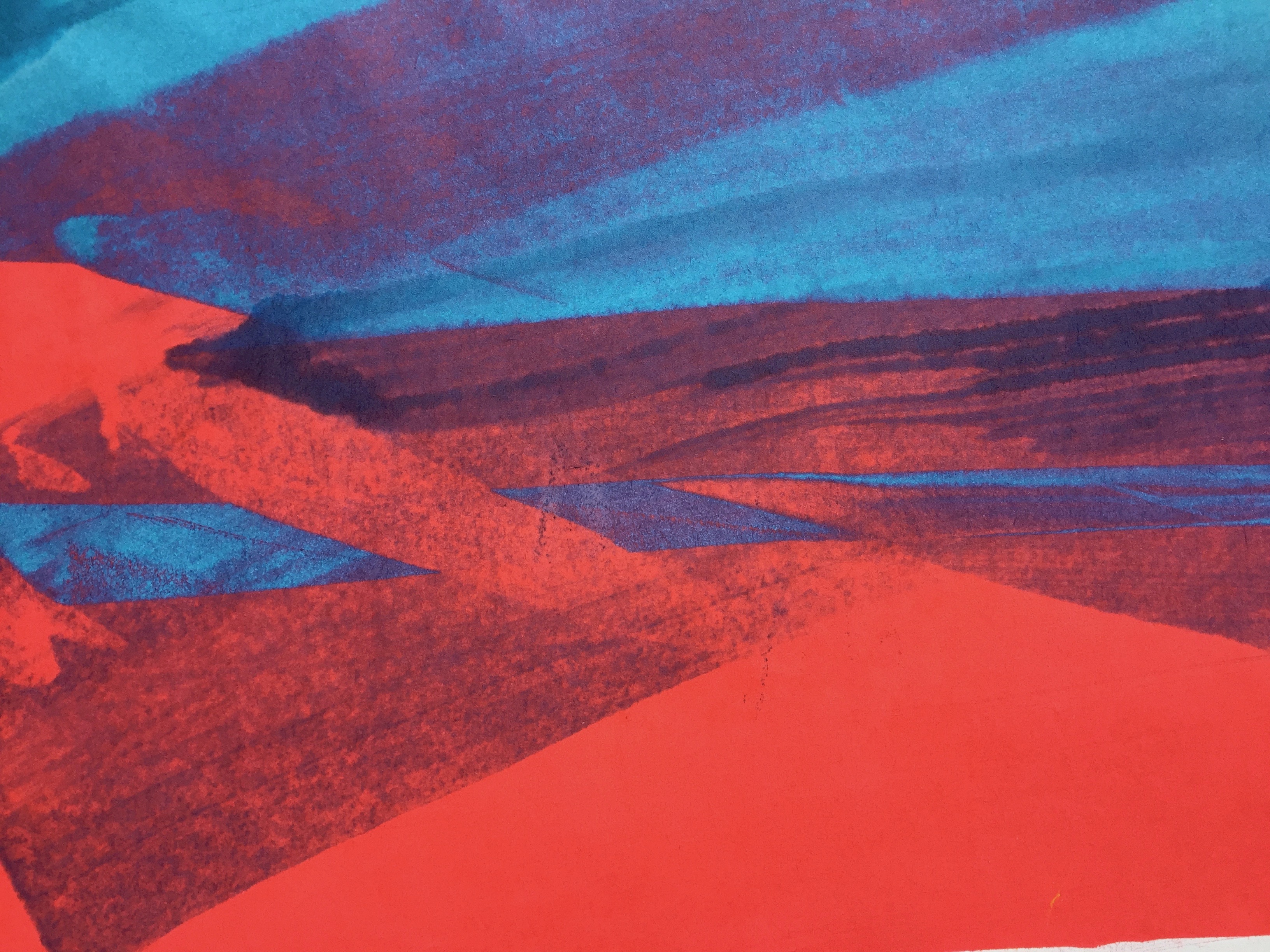Like many, over the past months I’ve been reflecting on the dominant myths around work, labour, and essential services. The conditions of lockdown for me have thrown into sharp relief the significance of artworks not as frivolous objects of privilege, but as fundamental tools for making sense of and relating to the world.
As work practices have rapidly changed there has been increased public discourse around essential and non-essential work. In many cases, the value of labour that is often taken for granted—the work done by postal workers, supermarket employees, care workers, truck drivers and many others who are paid less—has been rightly highlighted. At the same time, confronted with our own fragility and the vulnerability of our physical and mental health, another form of labour has come to the fore—specifically that of artists.
Over the past months, people have turned to artworks—to literature, music, series, visual art, films etc—to provide solace and build resilience, finding ways to remain meaningfully connected with others in isolating times. Workers within the arts, like other essential workers mentioned above, are often among the most vulnerable when it comes to earnings, and tend to work in consistently precarious conditions often outside the protection of most employment laws. This should give us pause. If we are to meaningfully make use of artworks, we must also be mindful of artistic labour and the essential material and immaterial conditions necessary for artists to develop their work. With this in mind, affordable, not-for-profit studio spaces for artistic research, experimentation and development are a good place to start.
Within the context of Dublin city, artist studio spaces have fared poorly and proved vulnerable in the face of ‘economic growth’. In the post 2008 economic recovery Dublin saw the closure of many affordable studio spaces, impacting mainly artist-led, independent, grassroots organisations and with them an ecosystem of makers, interpersonal relationships, thinkers and wider cultural productions was lost from the city. There are still some excellent studios in the city, however the overall studio shortage has meant that studios as resources are stretched far too thinly across a large number of artists. The result is that many artists work from home, carving out some desk space from the busyness of their broader domestic context. Why is it that cultural enterprises like studio spaces repeatedly lose out?
Artmaking by its nebulous nature is impossible to quantify according to any single universal gold standard of success, and for this reason in a society where value is issued based on measurable and tangible markers of success—like economic growth, value for money—studios are doomed to fail. The making of art within the studio operates on a completely different time scale. There are different gestational periods for different artworks and artists that involve phases of research, testing, failing, drafting, thinking and experimenting long before the work of art is completed and ready for public consumption. There is an incompatible pace of cultivation that cannot be assessed against streamlined Fordian models of production.
Iris Murdoch once wrote: “The good artist is a vehicle of truth, he formulates ideas which would otherwise remain vague and focuses attention upon facts which can then no longer be ignored.” In an age of exponentially swelling social demands and economic pressures, artists require the proper conditions for such ideas to be contoured and clarified and for works to be carefully crafted and developed; the studio can provide focused and uncluttered time and space for these endeavours. However, if we continue to solely use reductive and quantifiable economic criteria to assess the value of not-for-profit studio spaces and then pit these against private and profit driven enterprises, culture is bound to lose. There is no true North to orientate with, no ‘solve-for-x’ equation that can be rolled out to assess the value of studio spaces in the city or the positive impact studio spaces have on artists’ practices and the broader public. I’m reminded repeatedly of an interview featuring Saul Bellow states in which he states; “Art has something to do with the achievement of stillness in the midst of chaos [...] Art has something to do with the arrest of attention in the midst of distraction.”
When I think back over the artworks that I have turned to throughout these turbulent few months, I am thankful that these artists had the conditions necessary to develop these works. As we take stock of our most essential needs over this time, we would do well to recognise the intrinsic value of artworks and become mindful of the necessary broader context and requirements that give rise to their creation - ongoing artistic labour, economic security for artists, and studio spaces as the focused, gestational spaces they are.
Art attempts to find in the universe, in matter as well as in the facts of life, what is fundamental, enduring, essential.
Saul Bellow
